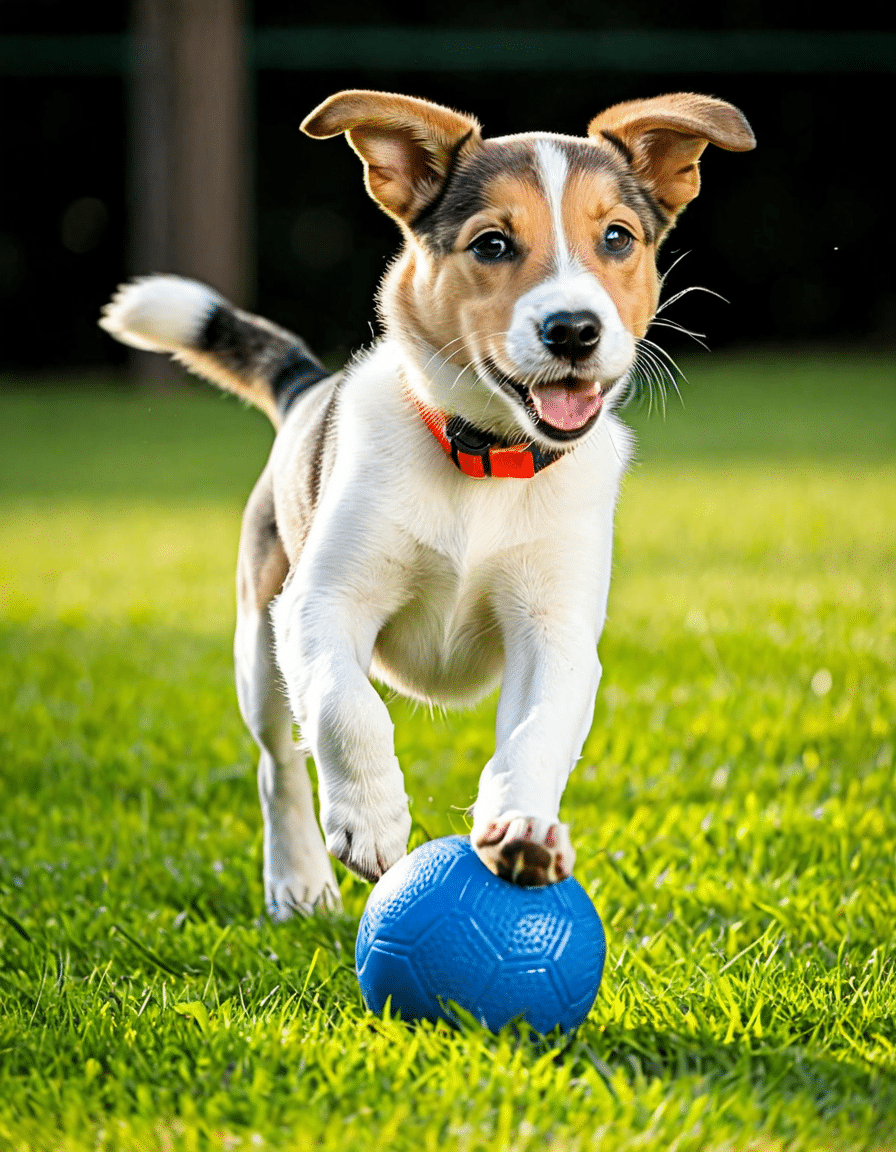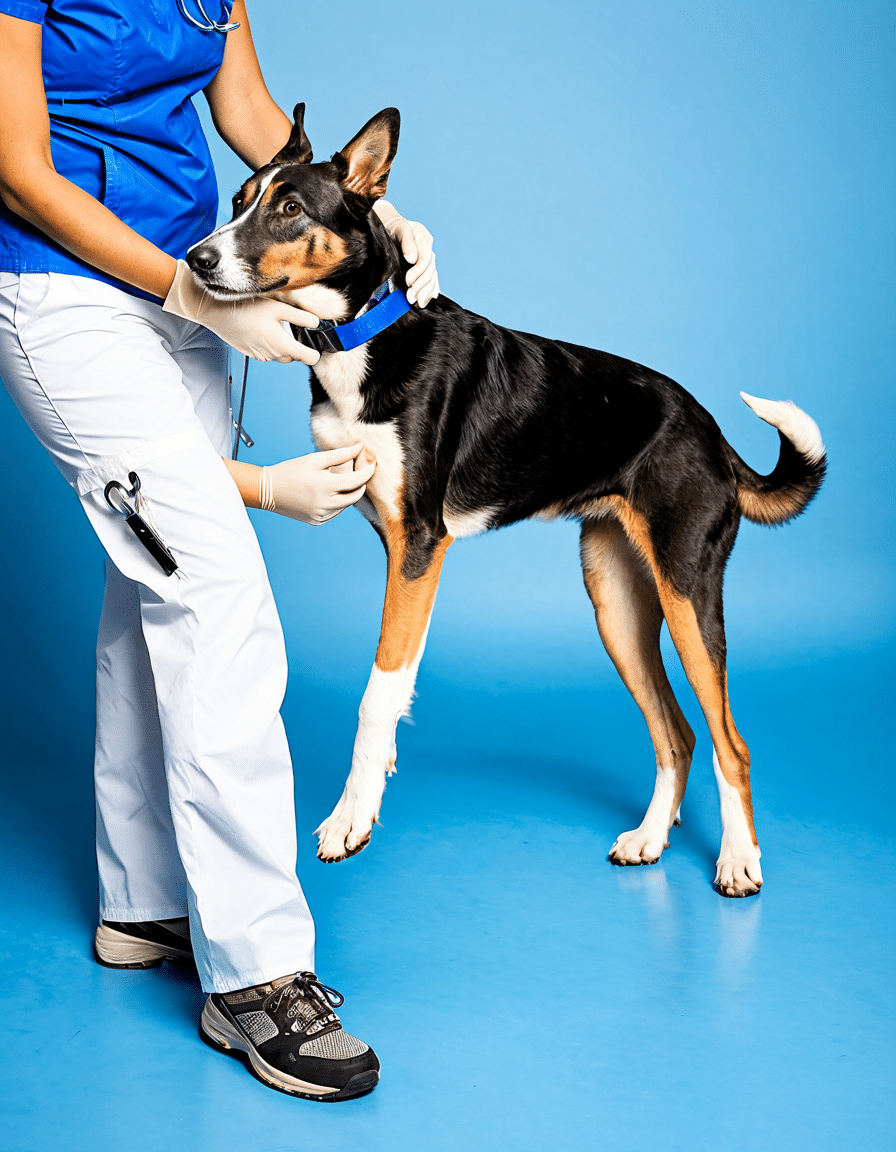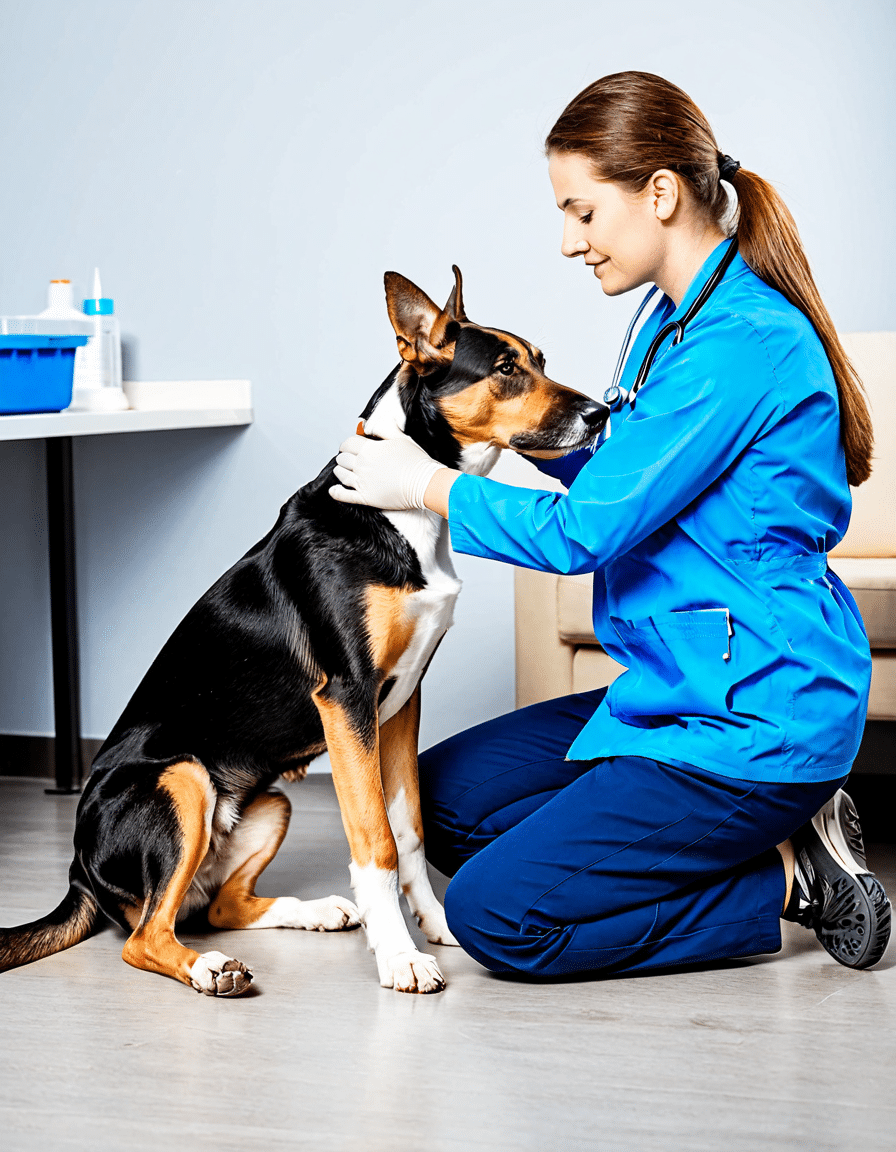Seeing your beloved dog limping on its back leg can be alarming and confusing. Various underlying issues could be causing this sudden change in your furry friend’s movement. Whether it’s due to an injury or a more serious health concern, knowing what to look for can set you on the right path toward helping your dog feel better. This article dives deep into the common causes of a dog limping on a back leg, how to recognize the symptoms, when to seek veterinary care, treatment options, and preventive measures to keep your pet happy and healthy.
Common Causes of a Dog Limping on Back Leg
1. Injury or Trauma
Injuries or trauma are among the most frequent culprits for a dog limping on a back leg. This could include sprains, fractures, or strains. For instance, a Golden Retriever could injure its ACL during an intense play session at the park, leading to sudden and noticeable lameness in one hind leg. A simple run or jump can cause a twist that leaves your dog limping and in distress. Pay keen attention to their behavior; if they suddenly wince or refuse to put weight on that leg, it’s time to investigate further.
2. Arthritis
Arthritis, particularly osteoarthritis, commonly affects older dogs and can lead to a dog suddenly limping back leg. As joints wear down over time, this condition becomes painful and can inhibit movement. According to veterinarians, limping may worsen after a period of rest or following activity. Signs to watch for include difficulty getting up and a general reluctance to walk. If your dog shows these behaviors, don’t hesitate to consult a vet for pain management solutions.
3. Hip Dysplasia
Hip dysplasia is a genetic condition that impacts the hip joint, particularly in breeds like German Shepherds, Labrador Retrievers, and Bulldogs. This issue can cause severe discomfort, leading a dog to favor one leg while limping. Statistics from the Orthopedic Foundation for Animals show that 1 in 5 German Shepherds is impacted by this condition. If you suspect hip dysplasia, it’s essential to get your dog evaluated by a professional who can recommend appropriate treatments.
4. Tendon or Ligament Tears
Torn tendons or ligaments, especially the cranial cruciate ligament, can cause significant pain and limping. Breeds such as Beagles and Rottweilers are particularly prone to these injuries. For example, a Beagle may require surgical intervention to repair a torn ligament, restoring its ability to run and play comfortably. If you notice your dog dragging their leg or struggling to jump, an evaluation from a vet is warranted.
5. Infections or Tumors
Although less common, infections or tumors can also lead to a dog limping on its back leg. Symptoms may include swelling, heat around the joint, and sudden reluctance to bear weight. A troubling case involves a dog diagnosed with a bone infection that required antibiotics and strict rest to recover. Any abnormal swelling or behavior should be checked out promptly to rule out serious conditions.
6. Bursitis or Tendonitis
Bursitis and tendonitis are inflammatory conditions that can lead to discomfort and limping. A personal anecdote from a pet owner describes how her dog, after playing too hard, developed bursitis in the hind leg. With the right medication and sufficient rest, the dog returned to normal activity, showcasing how effective treatment can be. If you notice persistent discomfort, consult your veterinarian for potential anti-inflammatory options.
7. Neurological Disorders
Neurological problems, such as degenerative myelopathy, can also cause a dog to limp, making it seem out of character for their usual behavior. This condition affects the spinal cord and can lead to weakness in the hindquarters. Neurologists stress the importance of early diagnosis to explore tailored therapies that might help. A misdiagnosed situation could lead to further complications, so stay observant of atypical movements.

Recognizing Symptoms Beyond Limping: Is Your Dog’s Behavior Changing?
When your dog starts limping, it’s vital to stay alert for changes beyond just the limp. Look out for behaviors like reluctance to walk, altered gait, or whining. A good comparison can be made with cats, as similar issues arise when a cat is limping back leg after chasing a toy; both scenarios could indicate underlying problems. For instance, you might observe a cat sitting with its back legs up and rocket out. If you suspect discomfort, take it seriously, as early intervention can make all the difference.
When to Seek Veterinary Care for Your Dog Suddenly Limping Back Leg
Understanding when to seek veterinary care can be crucial. Here are some guidelines for determining the urgency of the situation:
When in doubt, it’s safer to consult with professionals to rule out more severe issues.

Diagnostic Tools and Treatment Options for Limping Dogs
1. Physical Examination
A veterinary examination is the first step in diagnosing the cause of your dog’s limp. Vets will assess range of motion, response to pain, and check for joint instability. This thorough evaluation will provide initial insights into what might be causing the limping.
2. Imaging Techniques
Imaging techniques such as X-rays or MRIs are often used to gather detailed information about your dog’s joints and bones. These tools help in accurately diagnosing issues, including hidden tears or fractures. For example, a dog that appeared to be limping was finally diagnosed with a subtle tear that an MRI picked up, leading to successful treatment.
3. Medical Treatment
Medical treatments can range from pain management with NSAIDs and corticosteroids to alternative treatments such as glucosamine. A study published in 2023 showcased the efficacy of joint supplements for older dogs, bringing much-needed relief and mobility back into their lives.
4. Surgical Options
In some cases, surgery becomes necessary. For instance, TPLO (tibial plateau leveling osteotomy) is a common procedure for dogs with torn ACLs. A success story involves a Rottweiler that bounced back to agility training after surgery, demonstrating how effective surgical solutions can be.
5. Rehabilitation Techniques
After surgery, rehabilitation techniques such as physiotherapy and hydrotherapy can aid in recovery. A pet owner noted how hydrotherapy significantly helped her dog post-surgery, allowing it to regain strength and flexibility without straining its joints. These methods provide comprehensive support in getting your dog back to its energetic self.
Prevention Tips for Maintaining Your Dog’s Joint Health
Keeping an eye on your dog’s joint health is key to preventing limping in the future. Here are some valuable tips:
Commit to these practices, and you’ll create a happier, healthier companion.
Final Thoughts
Understanding the various causes behind a dog limping on a back leg equips pet owners with vital knowledge for effective intervention. By recognizing symptoms, knowing when to seek professional care, and utilizing appropriate treatments or preventive measures, you can ensure your furry friend maintains an active and happy life. Pay close attention to any changes in your dog’s behavior, as early detection of potential issues can lead to better outcomes and a brighter future for your pet.
Dog Limping on Back Leg: Fun Trivia and Interesting Facts
When your dog is limping on the back leg, it often leaves pet owners puzzled and worried. Did you know that one of the most common causes is injury from rough play or jumping? Just like how a ballerina might land awkwardly, your pup can sustain similar issues. Speaking of unique connections, the energy of an excited dog sometimes mirrors the lively atmosphere at an event like the Cannes Film festival, where stars like Kevin Costner steal the show, minus the limps, of course!
Breeds and Their Quirks
Interestingly, some breeds are more prone to these issues than others. For instance, Golden Retrievers are often known for their friendly demeanor, but owners sometimes wonder, are Golden retrievers aggressive? Breed tendencies can set the stage for health issues, which is key when assessing a dog’s condition. If your furry friend is showing signs of discomfort, understanding their inherent traits can help immensely in pinpointing the problem and tailoring a solution.
Common Symptoms and Solutions
While observing your canine buddy, it’s essential to recognize symptoms beyond a simple dog limping on back leg. Swelling or limping can signal a deeper issue. In these situations, remedies like sucralfate for dogs can be useful, helping soothe gastrointestinal distress that could accompany ongoing pain. You’ll be surprised to discover how addressing multiple factors can make a difference! And don’t get discouraged—many solutions exist, just like there’s a diversity of exotic fish, such as the ono fish, that swim below the surface, showcasing nature’s adaptability.
In addition to seeking veterinary help, provide an enriching environment tailored to your pooch’s needs. Incorporating activities and toys that promote gentle movement can be beneficial. Think, a bridge Of Sighs but for dogs—creating a path to recovery. A little creativity can go a long way in ensuring your furry friend has a quick recovery while maintaining some fun along the way!



